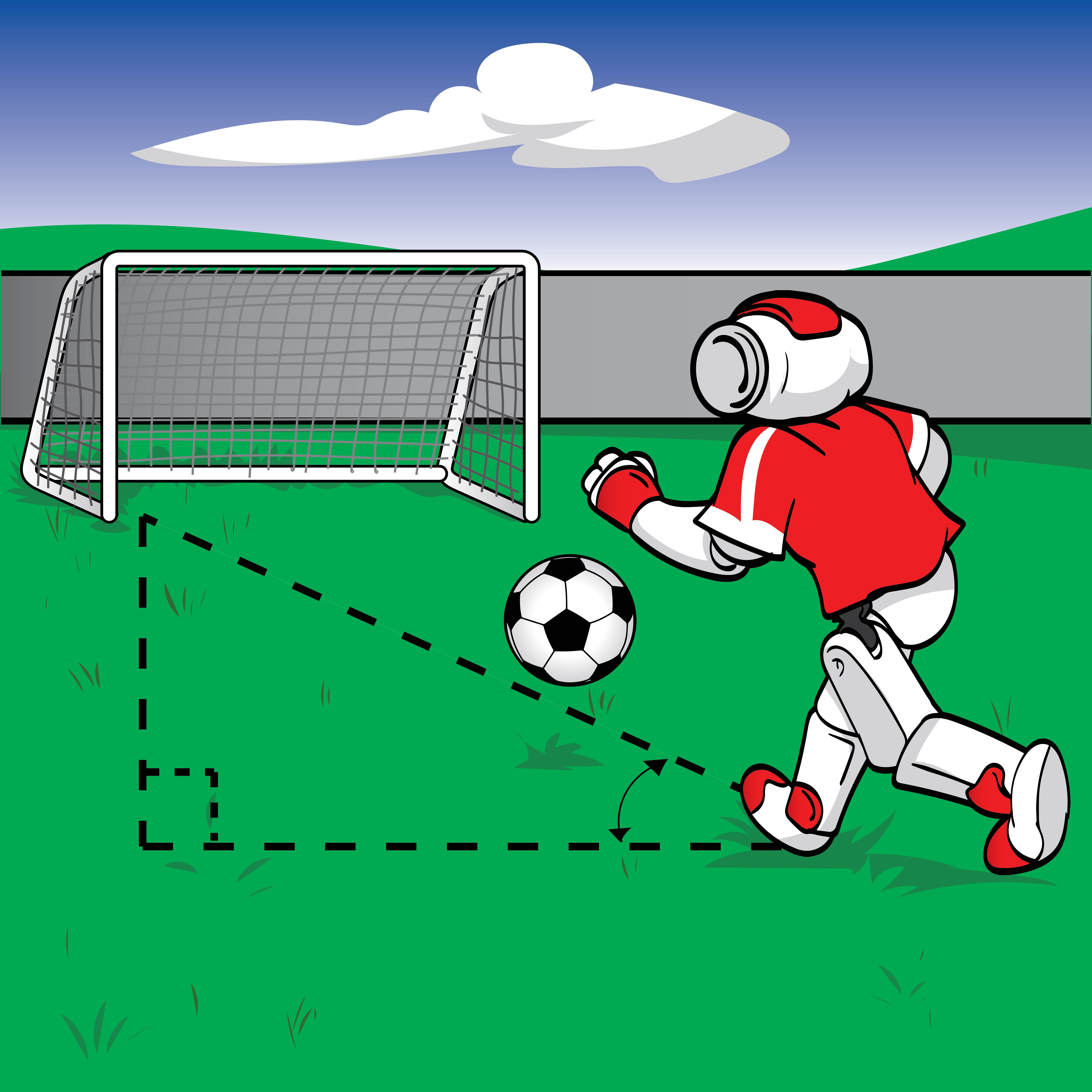By Braxton Hall
 Photo by Jeswin Thomas on Unsplash
Photo by Jeswin Thomas on Unsplash
Well-designed word problems give elementary students a tangible context for understanding math concepts.
“Danny has 564 tomatoes. He then buys 623 carrots. How long will it take him to get home?” This scenario is what many people picture when we mention word problems. Many educators think they’re taboo. Some argue that many students can’t access the content because of the reading, and the problems themselves can be culturally inappropriate. All of these ideas can be considered valid if the word problem isn’t created or executed correctly.
As a special educator who has worked in urban and rural schools, I have always had a love-hate relationship with word problems. I used to be one of the teachers who would claim, “I’m trying to assess their math reasoning, not their reading skills.” I had difficulty realizing that the story problems can give our students a tangible context to connect to in order to understand the concept that we’re teaching. This context is essential when introducing our students to more abstract content for the first time.
I remember working with a group of third graders at the beginning of the school year, talking about a simple arithmetic problem, 25 + __ = 50. These students had been shown that 25 + 25 = 50, but they were confused about why the blank was in the middle of the problem. Once I created a story problem about placing hot chocolate packets in containers for a class party, the students immediately had light bulbs flash over their heads. They then drew out a representation of the problem and figured that they needed to keep adding to 25 until they got to 50. I have realized that we give mostly numerical problems rather than conceptual word problems. It’s like we’re offering the students directions on how to get to a store without showing them the landmarks that they need to reach their destination. No wonder they become lost in the steps, and our instruction becomes more of a checklist instead of practicing critical thinking and problem-solving skills.
Creating the just-right word problem is somewhat of an art. Luckily, just like an art project, word problems don’t need to be perfect.
3 KEYS TO CREATING COMPELLING WORD PROBLEMS
1. They need to be relatable to the students. This might sound like a no-brainer, but I see so many word problems that are like my example from the very beginning. Too often they talk about excessive quantities of things or about a topic that the students can’t relate to. When crafting a word problem, we need to make sure the students can connect to or picture what’s going on. This comes from knowing your students and their interests. In my classroom, Pokémon cards and bags of slime are the most popular things. So when we create word problems and use these topics, the students have an interest in the story and can visualize what’s happening. They especially love it when you use their names to make them the star of the word problem.
Because we are working on very abstract reasoning topics, the students need to have something real to cling to, helping to ground them to reality as they work through the task. Without being able to relate to the problem, we will likely lose them, and they will just pick an operation at random and try solving it that way.
2. The word problems need to be solvable. The problems don’t need to be overly complicated; a simple problem that requires critical thinking will do the trick. Many standardized tests will create tricky verbiage when giving word problems and claim that this makes the problem harder to solve. In reality, if we just make the wording more complex rather than making the situation more thought-provoking, all we’re doing is frustrating our students and not challenging them to think.
3. The word problems need to be open-ended. The final thing a functional word problem needs is to be open-ended. “John has four cars and then gets four more. How many does he have now?” is boring and quite simple. Though this will challenge some students for a short time, it does not make any student think critically, and there are limited entry points our students can solve.
By simply rephrasing the question, we provide a task that makes our students think critically about what’s going on in this story. “John has four cars. His brother gave him some more, and now he has eight. How many did his brother give him?” This problem allows for many entry points and opportunities to try a variety of strategies while challenging students to think abstractly through mathematical reasoning and number sense.
As educators, we need to be vigilant about the tasks and word problems we create. While reviewing possible word problems, we should ask ourselves, “Is this word problem interesting? Is it solvable? Is it open-ended?” If the answer to any of these questions is no, consider reevaluating the problems through a critical thinking lens, making them more effective and beneficial for your students.
Discover more math tools with RobotLAB!



